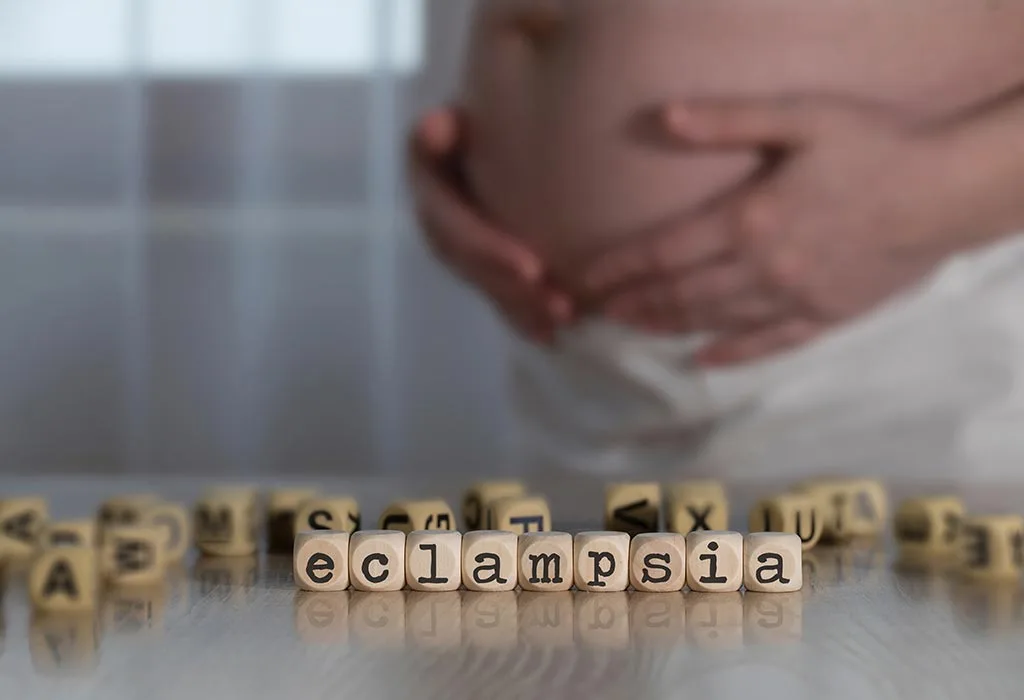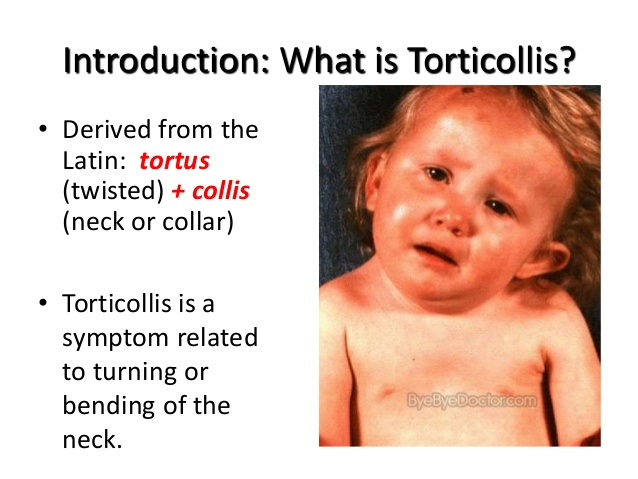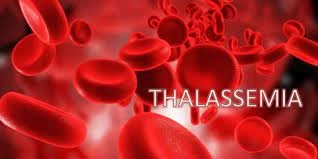Eclampsia
What is Eclampsia?
Eclampsia is a disease that only happens during pregnancy and induces seizures, generally late in the pregnancy. It is a rare disease, involving 1 in every 2,000-3,000 pregnancies every year.
The disease obeys a high blood pressure condition known as preeclampsia. In preeclampsia, high blood pressure levels in the mother decrease the supply of blood to the fetus. This can indicate that the fetus does not obtain as considerably oxygen and nutrients as it should.
Many the pregnancies involved by eclampsia or preeclampsia are first pregnancies. About 70 percent of patients in the United States are in first-time pregnancies.
While eclampsia can be fatal if unmanaged, it is very infrequent for pregnant females to die from the illness in developed countries. Globally, eclampsia accounts for about 14 percent of maternal deaths. In the prevalence of issues, preeclampsia symptoms are gentle and do not need any intervention other than monitoring and maybe diet modification.
What are the warning signs of eclampsia?
Many patients will have warning signs before having a seizure induced by eclampsia. Some of these signs are:
- Extreme headaches.
- A problem with breathing.
- Nausea or vomiting.
- Problem urinating or not urinating frequently.
- Abdominal pain (particularly on the upper right side).
- Blurred vision, seeing double or loss of vision.
- Swelling of the face, hands, or ankles.
What are the symptoms of eclampsia?
Because preeclampsia can guide to eclampsia, you may have symptoms of both diseases. Yet, some of your symptoms may be due to further diseases, like kidney conditions or diabetes. It’s essential to tell your doctor or physician about any circumstances you have so they may rule out other possible reasons.
The following are familiar symptoms of preeclampsia:
- raised blood pressure
- swelling in your face or hands
- headaches
- extreme weight gain
- nausea and vomiting
- vision difficulties, involving attacks with loss of vision or blurry vision
- problem in urinating
- abdominal pain, particularly in the right upper abdomen
Persons with eclampsia can have the exact symptoms as those mentioned above, or may even present with no symptoms before the beginning of eclampsia. The following are familiar symptoms of eclampsia:
- seizures
- loss of consciousness
- agitation
What causes eclampsia?
Eclampsia frequently obeys preeclampsia, which is indicated by high blood pressure happening in pregnancy and, infrequently, postpartum. Different results may also be present like protein in the urine. If your preeclampsia aggravates and impacts your brain, inducing seizures, you have developed eclampsia.
Doctors or physicians don’t know for certain what generates preeclampsia, but it’s believed to result from abnormal construction and role of the placenta. They can describe how the symptoms of preeclampsia may guide to eclampsia.
Preeclampsia is when your blood pressure, or the pressure of blood against the walls of your arteries, evolves high adequately to hurt your arteries and different blood vessels. Harm to your arteries may limit blood flow. It can create swelling in the blood vessels in your brain and your growing baby. If this abnormal blood flow via vessels interrupts your brain’s capability to function, seizures may happen.
Proteinuria
Preeclampsia generally involves kidney function. Protein in your urine, also named proteinuria, is a familiar sign of the disease. Per time you have a doctor’s or physician’s appointment, your urine may be tested for protein.
Generally, your kidneys purify debris from your blood and make urine from this debris. Yet, the kidneys attempt to keep nutrients in the blood, like protein, for redistribution to your body. If the kidney filters, known as glomeruli, are injured, protein can drip via them and discharge into your urine.
Who is at risk for eclampsia?
If you own or keep preeclampsia, you may be at hazard for eclampsia.
Other risk factors for creating eclampsia during pregnancy contain:
- gestational or chronic hypertension (high blood pressure)
- being more senior than 35 years or more youthful than 20 years
- pregnancy with twins or triplets
- first-time pregnancy
- diabetes or another disease that involves your blood vessels
- kidney condition
- Eclampsia and your baby
Preeclampsia and eclampsia involve the placenta, which is the organ that supplies oxygen and nutrients from the mother’s blood to the fetus. When high blood pressure decreases blood flow via the vessels, the placenta may be incapable to work correctly. This may result in your baby being born with low birth weight or different health issues.
Issues with the placenta frequently need preterm delivery for the health and security of the baby. In rare circumstances, these situations generate stillbirth.
Differential Diagnosis
A checklist of differential diagnoses should be established on the person’s record and physical examination findings. Differential diagnoses to evaluate involve electrolyte irregularities, infection, toxins, ruptured aneurysm, head trauma, and brain malignancy. If the person is having continuous neurological symptoms, one should also think of stroke and intracranial hemorrhage.
- Chronic hypertension
- Chronic renal condition
- Primary seizure diseases
- Gallbladder condition
- Antiphospholipid syndrome
- Hemolytic-uremic syndrome.
- Pancreatic disorder
- Immune thrombocytopenic purpura
- Thrombotic thrombocytopenic purpura
- Toxins
- Ruptured aneurysm
- Brain tumor
- Stroke
- Intracranial hemorrhage
How is eclampsia diagnosed?
If you already have a preeclampsia diagnosis or have a record of it, your doctor or physician will order examinations to confine if your preeclampsia has occurred again or reached more harmful. If you don’t have preeclampsia, your doctor or physician will order examinations for preeclampsia as well as others to decide why you’re having seizures. These tests can contain:
Blood tests
Your doctor or physician may order several kinds of blood examinations to evaluate your situation. These examinations contain a complete blood count, which counts how many red blood cells you have in your blood, and a platelet count to notice how nicely your blood is clotting. Blood tests will also assist the study of your kidney and liver role.
Creatinine test
Creatinine is a waste outcome produced by the muscles. Your kidneys should purify most of the creatinine from your blood, but if the glomeruli get hurt, extra creatinine will stay in the blood. Carrying too much creatinine in your blood may signify preeclampsia, but it doesn’t always.
Urine tests
Your doctor or physician may order urine examinations to study the existence of protein and its excretion rate.
What are the treatments for eclampsia?
Delivering your baby and placenta is the suggested therapy for preeclampsia and eclampsia. Your doctor or physician will evaluate the severity of the condition and how grown your baby is when suggesting the timing of delivery.
If your doctor or physician analyzes you with mild preeclampsia, they may observe your situation and treat you with a drug to control it from shifting into eclampsia. Drugs and monitoring will assist maintain your blood pressure within a safer range until the baby is mature sufficiently to deliver.
If you do create extreme preeclampsia or eclampsia, your doctor or physician may deliver your baby early. Your care program will rely on how far ahead you are in your pregnancy and the severity of your condition. You will require to be hospitalized for monitoring until you deliver your baby.
Medications
Drugs to prevent seizures, known as anticonvulsant medications, may be required. You may require a drug to lower blood pressure if you have high blood pressure. You may also obtain steroids, which can assist your baby’s lungs to grow before delivery.
What are the complications of eclampsia?
Patients with eclampsia are at more increased risk for:
- Placental abruption.
- Preterm labor.
- Blood clotting problems.
- Stroke.
- Stillbirth.
- Death.
Prognosis
Hypertensive diseases, involving preeclampsia and eclampsia, impact 10% of pregnancies in the United States and worldwide. Despite advances in medical control, it stays the leading reason for maternal and perinatal morbidity and mortality worldwide. While rates of eclampsia especially have declined, it is even a very severe complication in pregnancy.
FAQ
What is the difference between eclampsia and preeclampsia?
Preeclampsia and eclampsia are pregnancy-related high blood pressure conditions. Preeclampsia is an impulsive point in blood pressure. Eclampsia is more extreme and can contain seizures or coma.
What deficiency causes eclampsia?
Low calcium input may be associated with vitamin D deficiency and may be a risk element for preeclampsia. Thus, calcium input may confuse an association between maternal 25(OH)D and preeclampsia trouble.
What is normal BP in pregnancy?
Normal. Your blood pressure is smaller than 120/80. Increased. This is when your systolic blood pressure BP is between 120-129 and your diastolic pressure is smaller than 80.
Can eclampsia occur after delivery?
Postpartum eclampsia is postpartum preeclampsia plus seizures. Postpartum eclampsia can ever harm vital organs, involving your eyes, brain, liver, and kidneys. Pulmonary edema. This life-threatening lung disease happens when extra fluid creates in the lungs.
What kills eclampsia?
It and its related diseases — eclampsia and HELLP syndrome — are indicated by a rapid elevation in blood pressure that can guide to stroke, seizure, numerous organ loss, and death.







